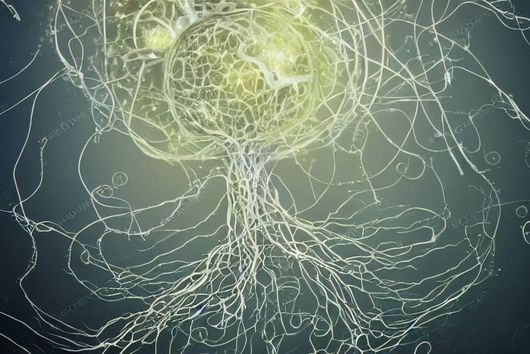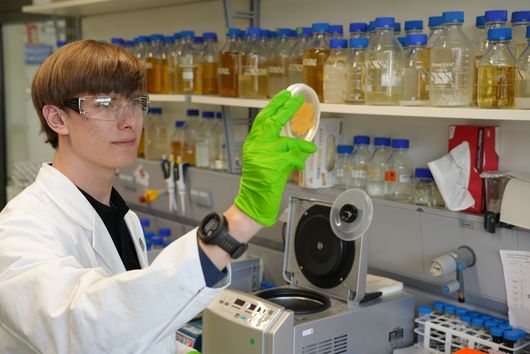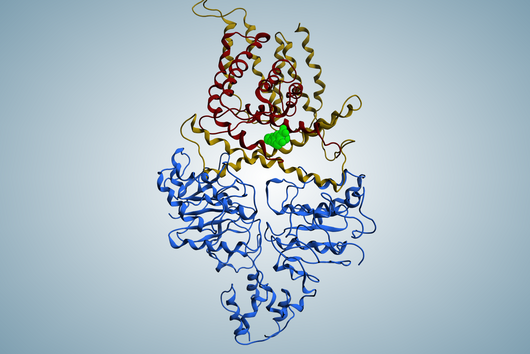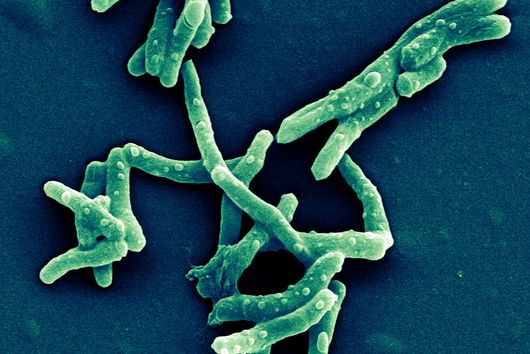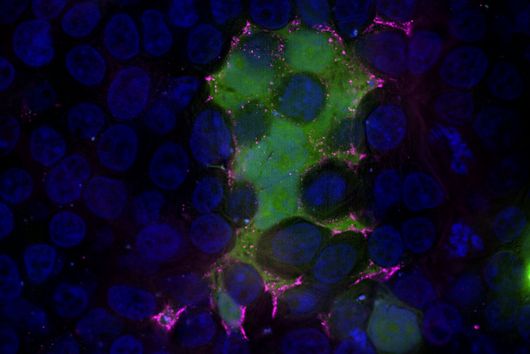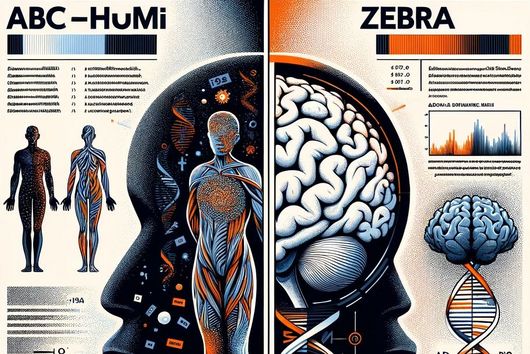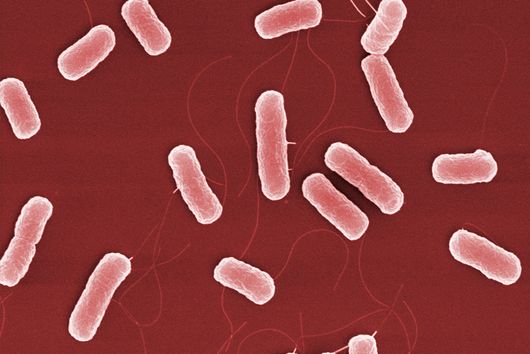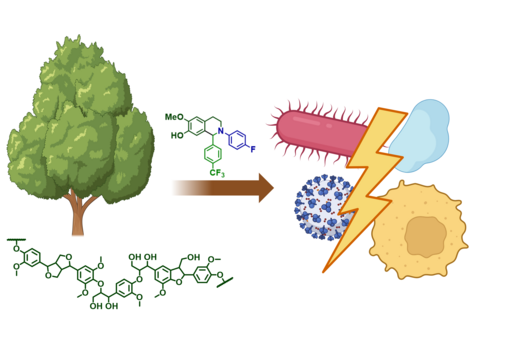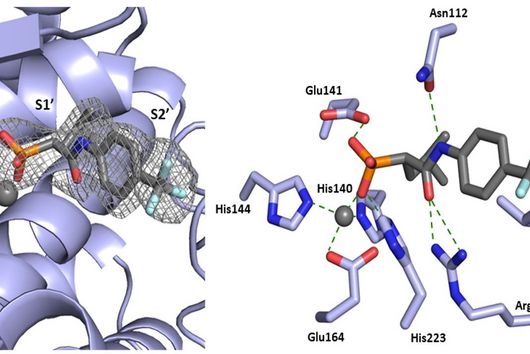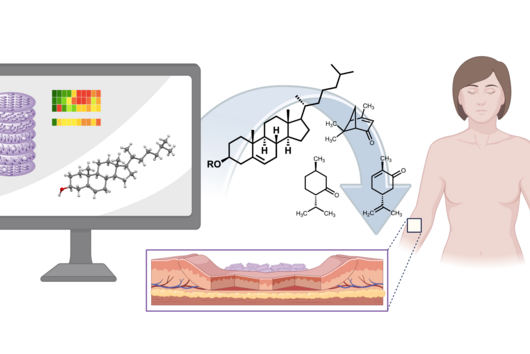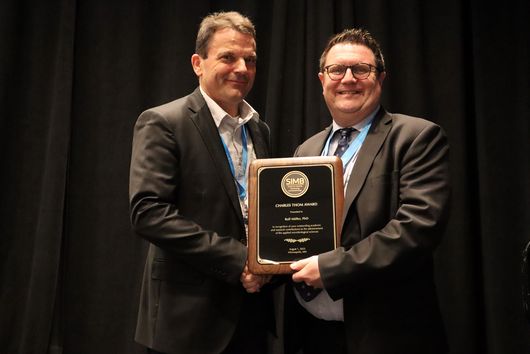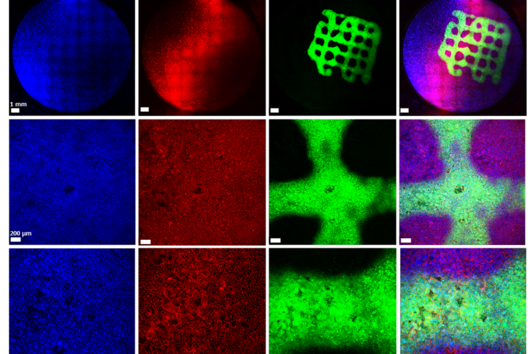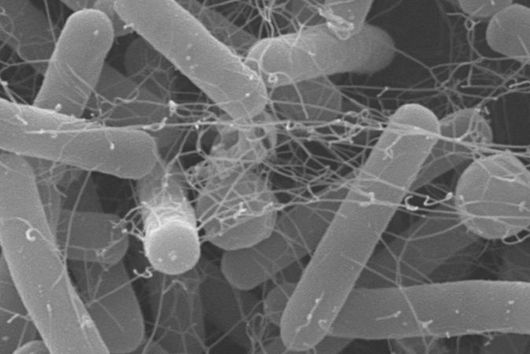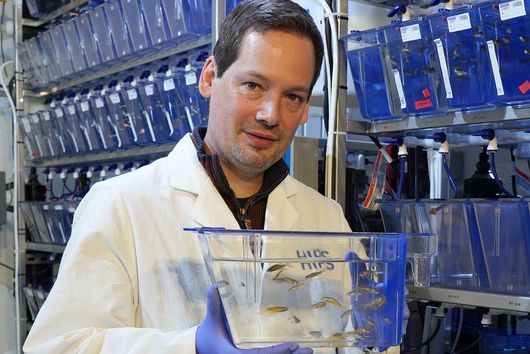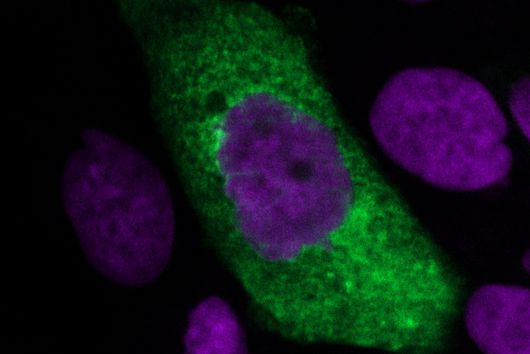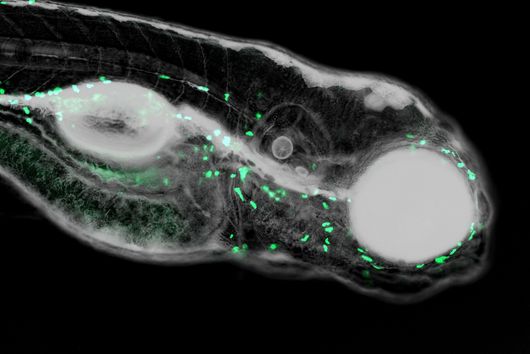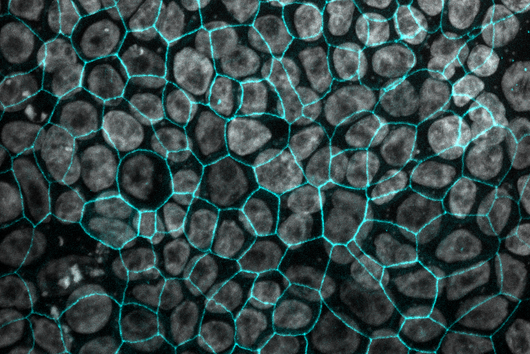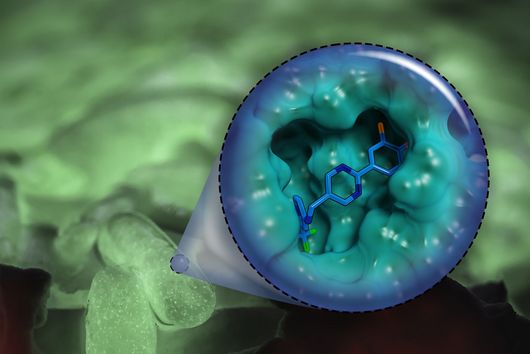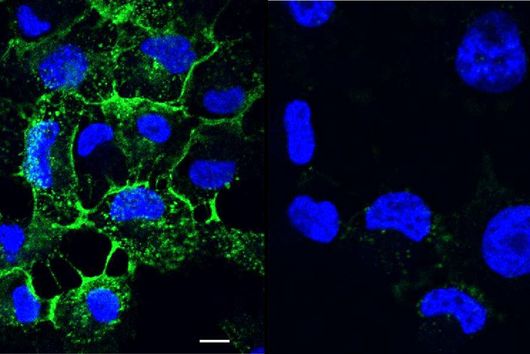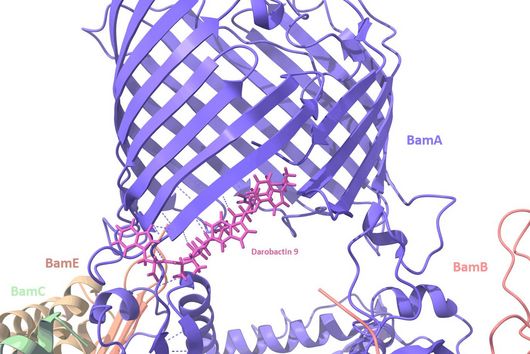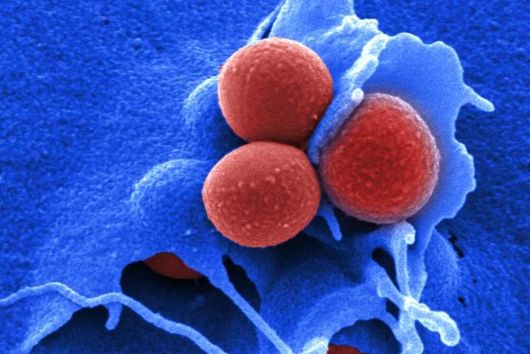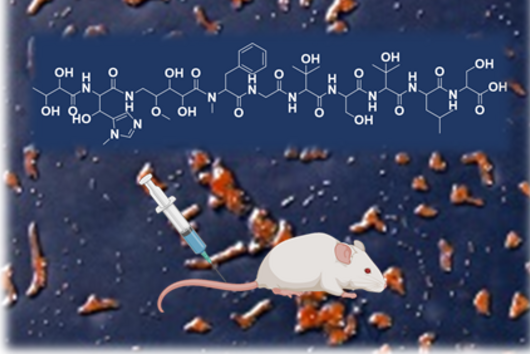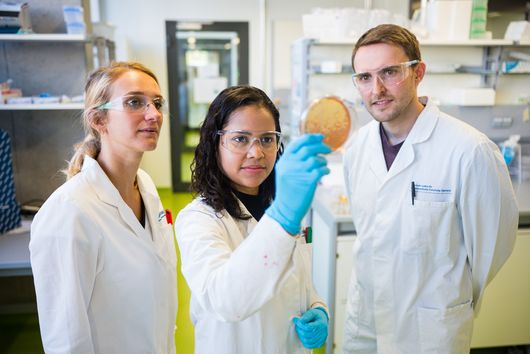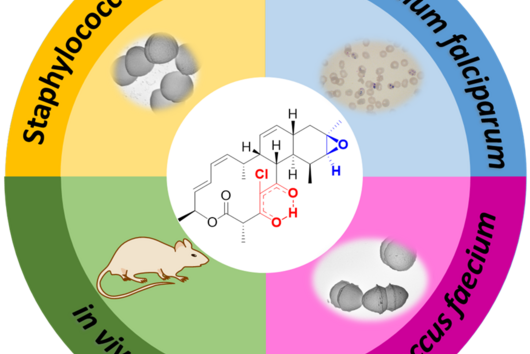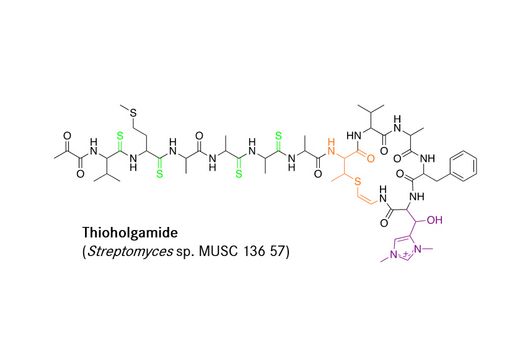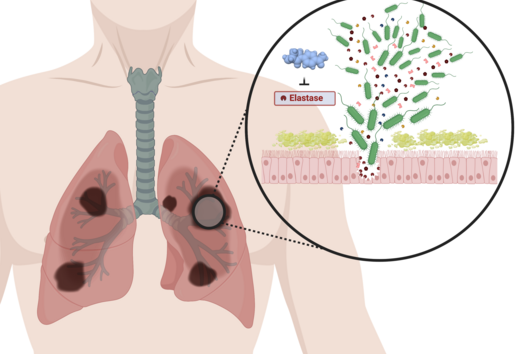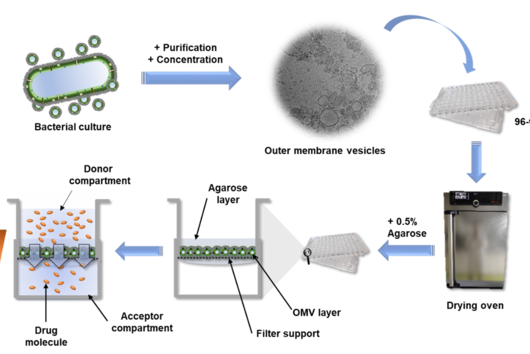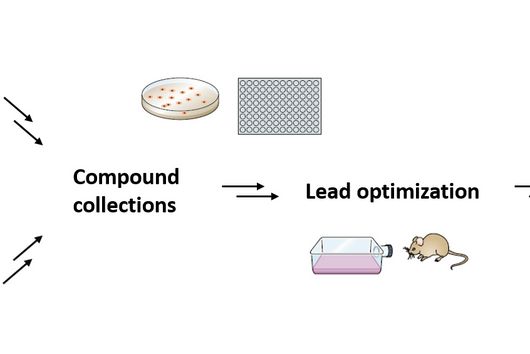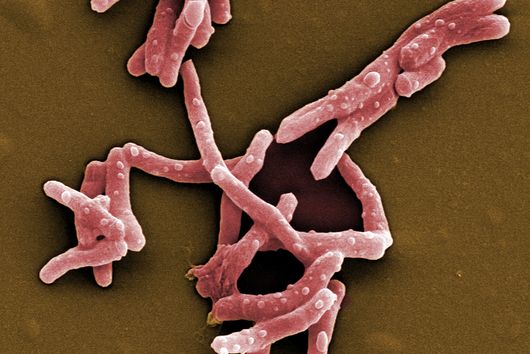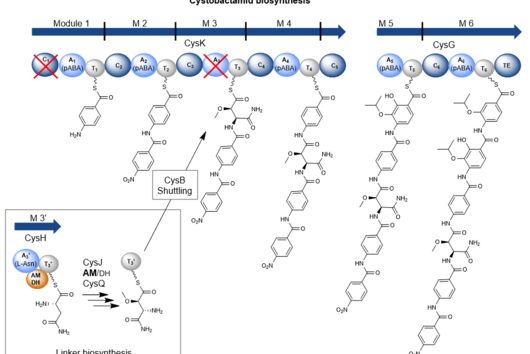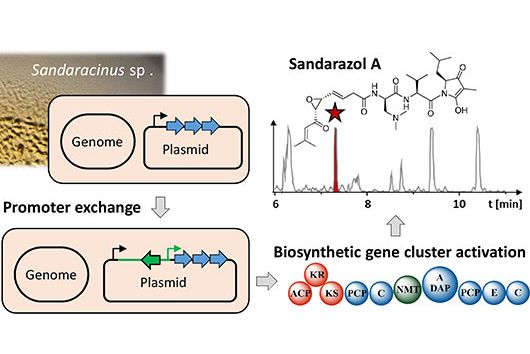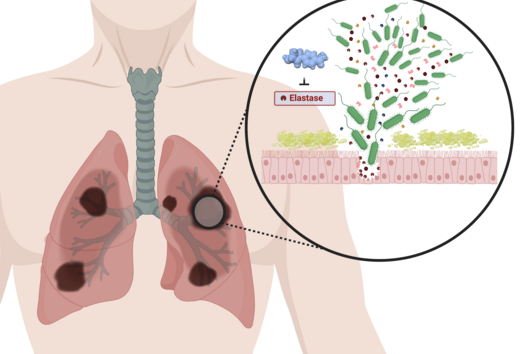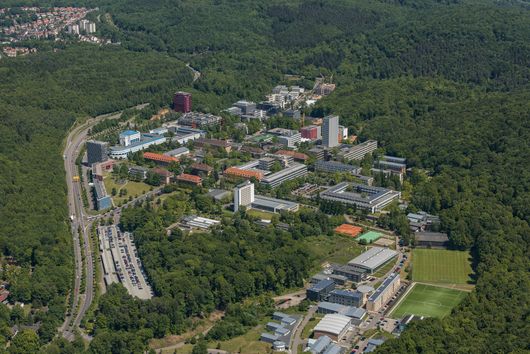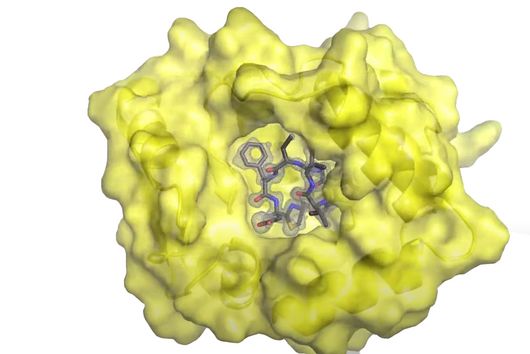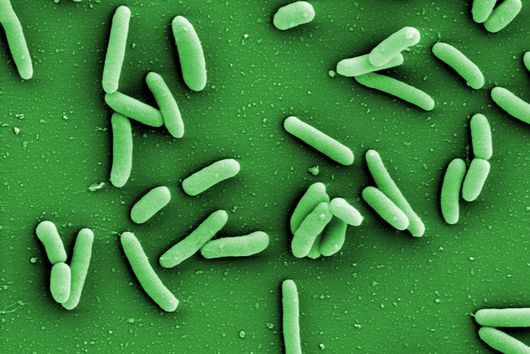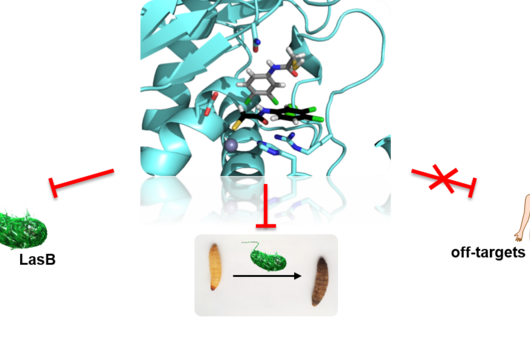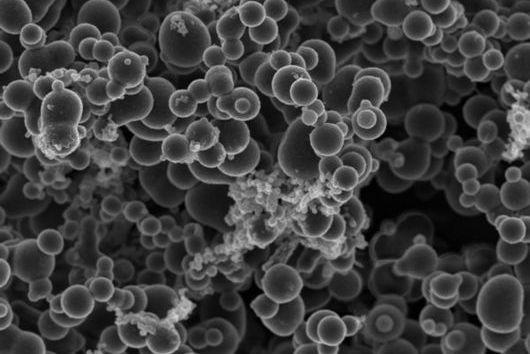Saarbrücken, March 20, 2024 – The smooth transmission of neuronal impulses in the brain relies on a cascade of well-established molecular processes that become unbalanced with increasing age. A team led by Saarbrücken bioinformatician Fabian Kern from HIPS has now investigated these processes in more detail. In collaboration with colleagues from Stanford University, they discovered which genes control the activation of central brain cells, the oligodendrocytes. The study was published in the scientific journal PNAS.
What happens when the brain ages, memory processes no longer function properly or even degenerative brain diseases occur? - "Myelin, an insulating layer around the projections of our nerve cells, is of crucial importance for a well-functioning brain," says Dr. Fabian Kern. The bioinformatician heads a junior research group in the Department of Clinical Bioinformatics at the Helmholtz Institute for Pharmaceutical Research Saarland (HIPS) and, together with his team, has discovered the age-dependent, cellular mechanisms involved in what is known as myelination. A severe loss of myelin, for example, is one of the main causes of multiple sclerosis. Specific brain cells, the oligodendrocytes, play a key role here; how exactly they remain active and functional in old age was previously unknown.
The current research work was carried out in collaboration with colleagues at Stanford University in California. It builds on a study published in Nature from 2022, which has since been cited over a hundred times and in which Fabian Kern was involved at the time as part of the team led by bioinformatics professor Andreas Keller. The study described the mode of action of the signaling protein Fgf17, which is normally present in the cerebrospinal fluid, but is found there in ever lower concentrations with increasing age. One consequence is ageing processes in the brain, such as declining memory performance, but also potential neurological diseases. "At the time, we discovered that Fgf17 normally triggers a cascade of biochemical reactions during which the oligodendrocytes in the brain become active," says Kern. Their central task is to build up myelin. "This happens when the oligodendrocytes move to the neurons, surround the nerve extension (axon) with their 'arms' and produce a layer of myelin." This layer of fat and proteins acts like the insulation on a power cable and ensures undisturbed electrical stimulus transmission. In 2022, the Saarbrücken team was able to show for the first time that the SRF (serum response factor) gene is crucial for the activation of oligodendrocytes: "As a transcription factor, SRF, triggered by the extracellular Fgf17, activates a range of other genes and thereby triggers the signaling pathways within the cells that ultimately lead to the renewed myelination of the neurons," the scientist explains.
"We have previously observed that the restoration of Fgf17 to the level of a young organism can significantly improve measurable memory performance in the old organism, for which the oligodendrocytes are probably primarily responsible. However, one of the questions that remained unanswered was how exactly the mechanism triggered by this works. In our current work, we have therefore broken down the cellular signaling pathways of oligodendrocytes in the context of SRF in detail," says Kern. His team collaborated closely with the research group of cell biologist J. Bradley Zuchero from Stanford University. Using high-throughput sequencing methods, the US scientists were able to characterize the genes of the oligodendrocytes to which SRF specifically binds and thus activates. The computational analysis of the data using state-of-the-art computer methods was carried out by Fabian Kern's team in Saarbrücken.
"We found that SRF actually activates the genes that induce the construction of the oligodendrocyte cytoskeleton. This network of filamentous proteins ensures that the oligodendrocytes become mobile, change their shape considerably and are ultimately able to carry out myelination in the first place," says Fabian Kern, summarizing the research results. Laboratory experiments confirmed that when the SRF protein was switched off in oligodendrocytes, the dynamics of the cytoskeleton were impaired and myelination stopped because the respective genes are no longer active.
SRF is therefore a crucial regulator for the activation of cytoskeletal genes that are required in oligodendrocytes for myelination and thus also for the healthy functioning of our central nervous system. In addition, it can be controlled from outside the cells - as Fgf17 is an essential signaling molecule in the cerebrospinal fluid of the brain and at the same time an SRF activator whose availability decreases with increasing age.
The results could be the basis for new drugs that intervene in the biology of oligodendrocytes and thus have a therapeutic effect on ageing processes in the human brain. Such a complex undertaking usually requires an interdisciplinary team of biotechnologists, pharmacists, physicians, natural scientists and bioinformaticians. Fabian Kern therefore sees the new findings on the restoration of myelination as an ideal starting point for a new drug development study as part of the nextAID³ cluster project, with which Saarland University is applying to the Excellence Strategy of the German federal and state governments (https://www.helmholtz-hips.de/en/news-events/news/detail/news/vom-computer-in-die-apotheke/), and in which precisely this combination of specialist and internationally successful expertise has already come together.
Original press release by Saarland University (in German): https://www.uni-saarland.de/en/aktuell/bioinformatiker-entschluesseln-essenzielle-biochemische-signalwege-bei-der-reizuebertragung-im-gehirn-30681.html
Original publication:
Tal Iram, Miguel A. Garcia, Jérémy Amand, et al. SRF transcriptionally regulates the oligodendrocyte cytoskeleton during CNS myelination. PNAS (2024). DOI: 10.1073/pnas.2307250121


